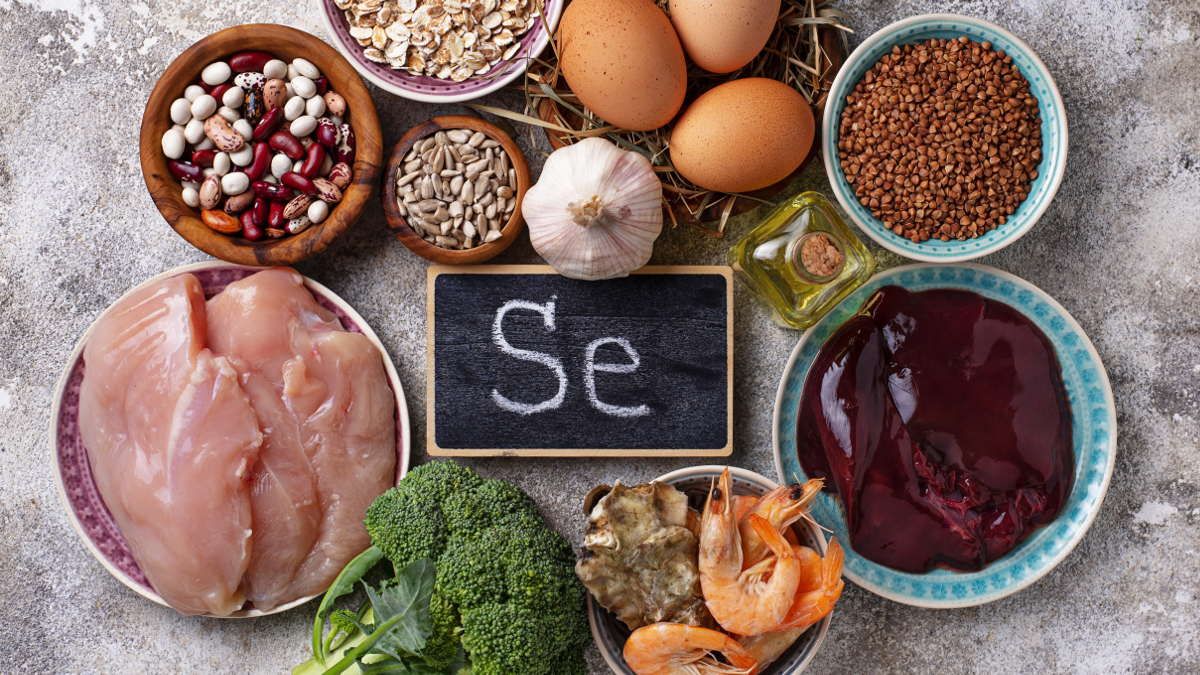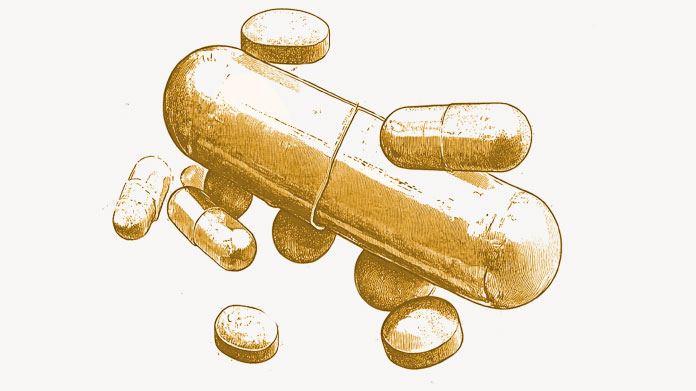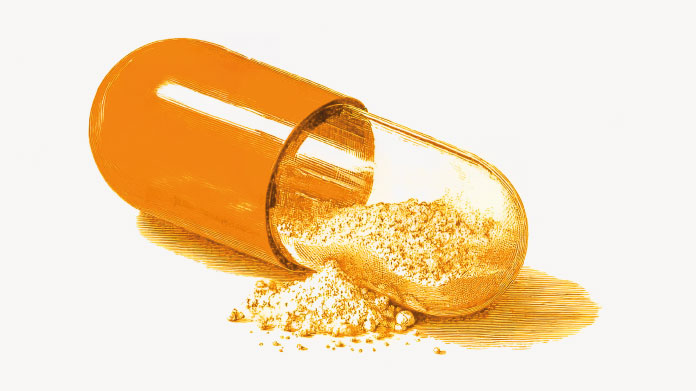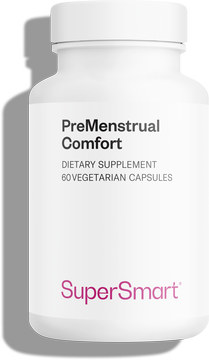Selenium: what are its benefits and in which foods is it found?
Selenium is both a trace element and a bio element that is absolutely essential for health. What exactly is it, what does it do and where is it found?

A highly specific metalloid trace element
Selenium is a chemical element with the symbol Se, discovered by Swedish chemists in the 19th century. It is closely related to tellurium, a compound named after Tellus, the Roman goddess of the earth. Similarly, the name selenium is taken from Selene, the Roman goddess of the moon.
Light-sensitive, selenium has been used for many years to produce the photoelectric light meters in cameras and is still used for making photovoltaic or solar cells. In dermatology, selenium sulfide is used as anantifungal, etc. In short, it’s a remarkable metalloid with multiple properties.
It took several years of research before it was discovered that selenium was naturally present in soil everywhere in the world to a greater or lesser degree. This is how it finds its way into our diet: it is first taken up by plants and then by the animals that eat them.
An antioxidant, pro-immunity mineral, good for the hair and nails ...
Which is obviously a good thing, given that it’s essential for normal physiological function.
In fact, it is a precursor of certain enzymes the key function of which is to scavenge free radicals. As such, selenium plays an important role in promoting the longevity of our cells, which is why it’s considered to be one of the most powerful antioxidants you can consume. (1-2).
According to the European Food Safety Authority, selenium helps to:
- ensure normal immune system function;
- protect cells from oxidative stress ;
- ensure normal thyroid function;
- maintain healthy hair and nails ;
- ensure normal sperm production (3).
Which foods are high in selenium?
The best source is seafood: monkfish, oysters, mackerel, tuna, sardines, mussels, scallops, and lobster are all high in selenium.
It is also found in meat, offal and eggs, as well as in oilseeds and nuts such as macadamia nuts, hazelnuts and almonds.
However, the precise levels of selenium in each of these foods is usually impossible to predict. Knowing exactly how much selenium is provided by a particular foodstuff requires detailed analysis. Indeed, the amount of selenium present in food depends on its level in the soil and distribution of selenium is uneven.
Daily intake and selenium supplements
The recommended daily intake of selenium is normally around 200 mcg.
We’d therefore recommend the supplement Selenium which provides exactly this amount each day.
Note: selenium supplements should not, however, be taken continuously or at excessive doses.
References
- Selenium and human health, Prof Margaret P, Rayman DPhil, The Lancet, Volume 379, Issue 9822, 31 March–6 April 2012, Pages 1256-1268
- https://efsa.onlinelibrary.wiley.com/doi/epdf/10.2903/j.efsa.2009.1220
- The role of selenium in thyroid hormone metabolism, John R. Arthur, Revue canadienne de physiologie et pharmacologie, 1991, 69(11): 1648-1652, https://doi.org/10.1139/y91-243
Keywords
4 Days
Great customer service - responsive …
I ordered from them and my item was unavailable for sometime. I was super happy when they reactivated my order and shipped my item which arrived very quickly. Great customer service.
Ruth Rueter
5 Days
Super fast shipping
Super fast shipping
Donald Borling
8 Days
Reputable companysearch and the number of…
The research and the number of selection of products.
NAKHJAVAN Shervin
21 Days
The Anti Aromatase is a great product
The Anti Aromatase is a great product. You just need to have constant inventory. Recently this product has been out of stock.
GEORGE Verne
22 Days
Great help on chat
Great help on chat. Knowledgeable and friendly.
Jason Argos
26 Days
Customer service was fast and friendly.
Customer service helped to stop the transaction process of the subscription. I appreciated that.
Greenie
26 Days
I order here due to the high quality of…
I order here due to the high quality of the products and the quick delivery of items - thank you
Barbara J
27 Days
SuperSmart's Eye Pressure supplements: highly recommended!
I purchase SuperSmart's Eye Pressure supplements regularly for over 5 years, and gotta say they are truly a wonderful product for my Glaucoma. Highly recommended if you have eye pain from your Glaucoma.
D. Martinez
32 Days
Quick service
Quick service
MONELL
33 Days
Speedy service.
Speedy service.
ROSENTHAL Marvin
36 Days
Clear website- Efficient
Clear website. Excellent search engine and fast delivery!
Mohamad Hussein
39 Days
They have great products.
They have great products.
Vickie
39 Days
Great Shipping Time!
You Have A Great Shipping Time! Praise The Lord!
DMHoge
41 Days
Doctor Recommended!
Good pricing, very good availability, doctor recommended (couldn't find what I needed anywhere else), and it took only a week to arrive (which I can't complain about).
Al
42 Days
Great product and fast shipping
Great product and fast shipping
Marie





